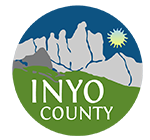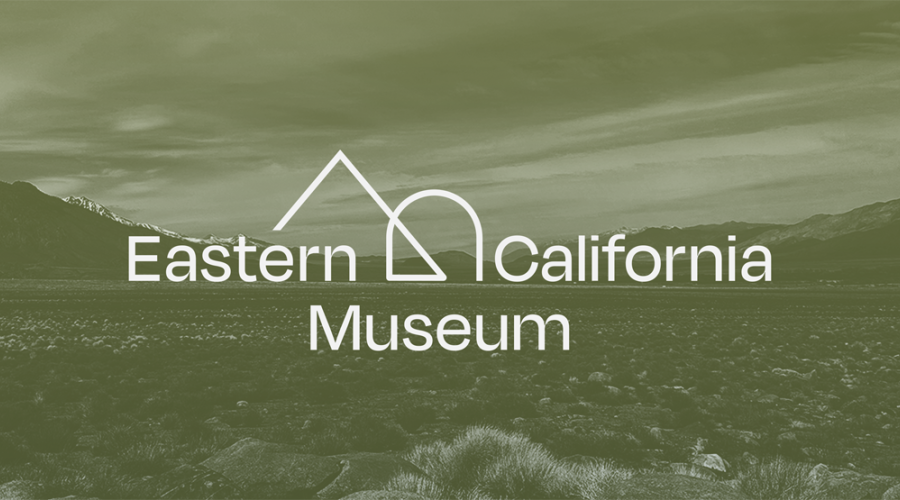Eastern California Museum
Preserving the history and heritage of the Eastern Sierra.
Eastern California Museum
155 N. Grant St.
Independence, CA93526
United States
P.O. Box 206
Independence, CA93526
United States
The Eastern California Museum is open to the public daily from 10-5 except Mondays. The museum is closed on Mondays. Please visit us Tuesday through Sunday, 10-5.
Researchers are welcome by appointment. Please make advance arrangements by reading and filling out the ECM Research Request Form and submitting it to ecmuseum@inyocounty.us.
Closed on county holidays.
Groups are welcome to visit the museum, but advance notice is appreciated. If you would like to request a guided tour, please fill out our Group Tour Request Form and email it to ecmuseum@inyocounty.us

Visit our online collections gallery, called the HUB, to access over 10,000 items from our collections. Check back frequently as it is regularly updated with new items!
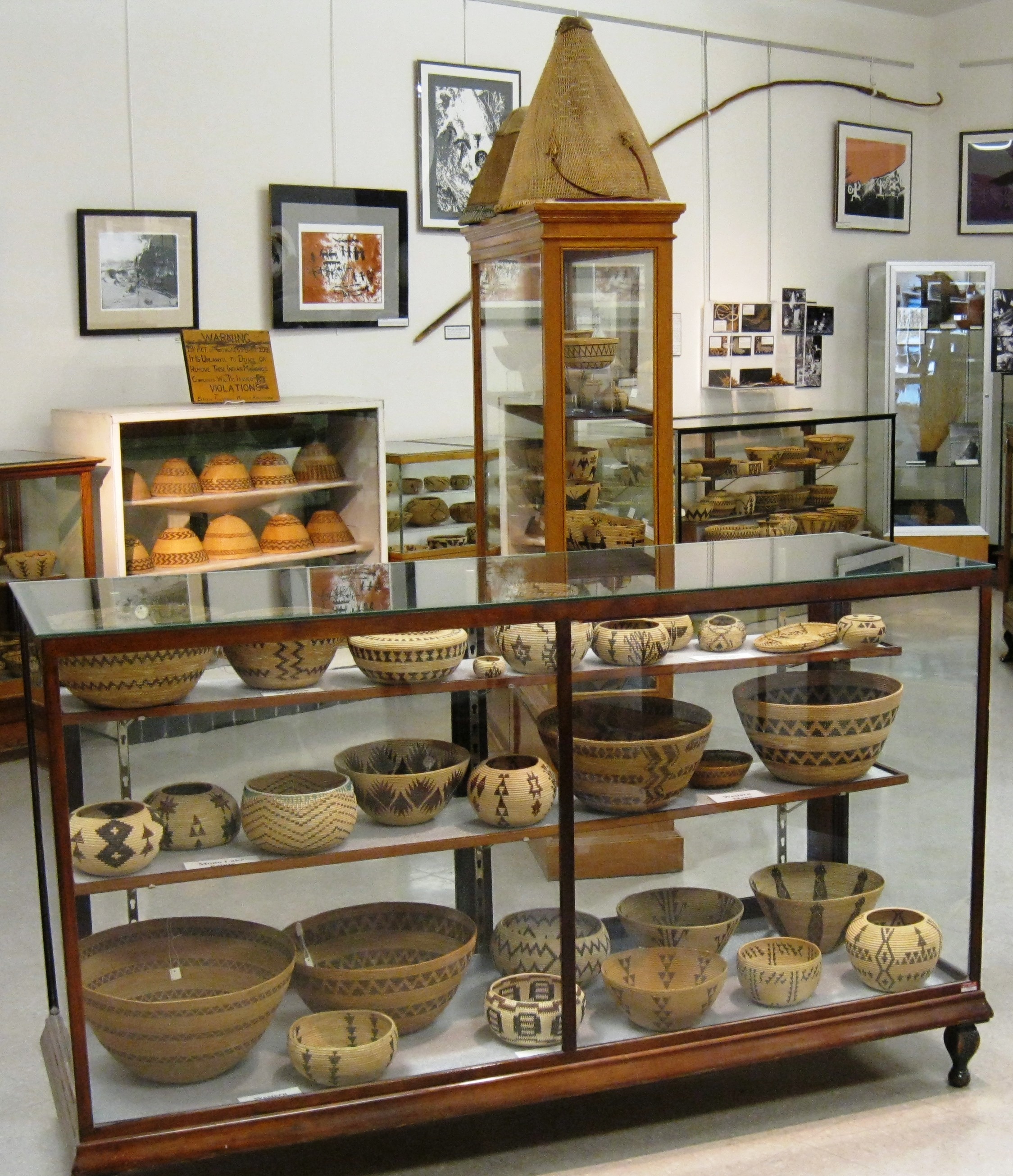
The Eastern California Museum has one of the largest, most diverse collections of Owens Valley Paiute and Panamint Shoshone basketry in California. The roughly 400 baskets on display offer a spectacular overview of the striking artistry and craftsmanship of the region’s Indigenous Paiute-Shoshone people. Featuring ornamental “fancy” baskets and sturdy “utilitarian” baskets, the significant collection occupies the Anna and OK Gallery of Native American Life.
The surprise attack on Pearl Harbor brought America into WW II in 1941. It also created “war hysteria” that resulted in a shocking breech of our nation’s constitutional norms: The forced relocation and imprisonment of 120,000 West Coast Japanese, most of whom were American citizens. About 10,000 people of Japanese and Japanese-American heritage were incarcerated at the Manzanar War Relocation Center, in the Owens Valley. The Museum’s Manzanar collection features hundreds of photos donated by formerly incarcerated people that depict day-to-day life in the camp. The unique collection puts a human face on this regrettable era in the nation’s history.
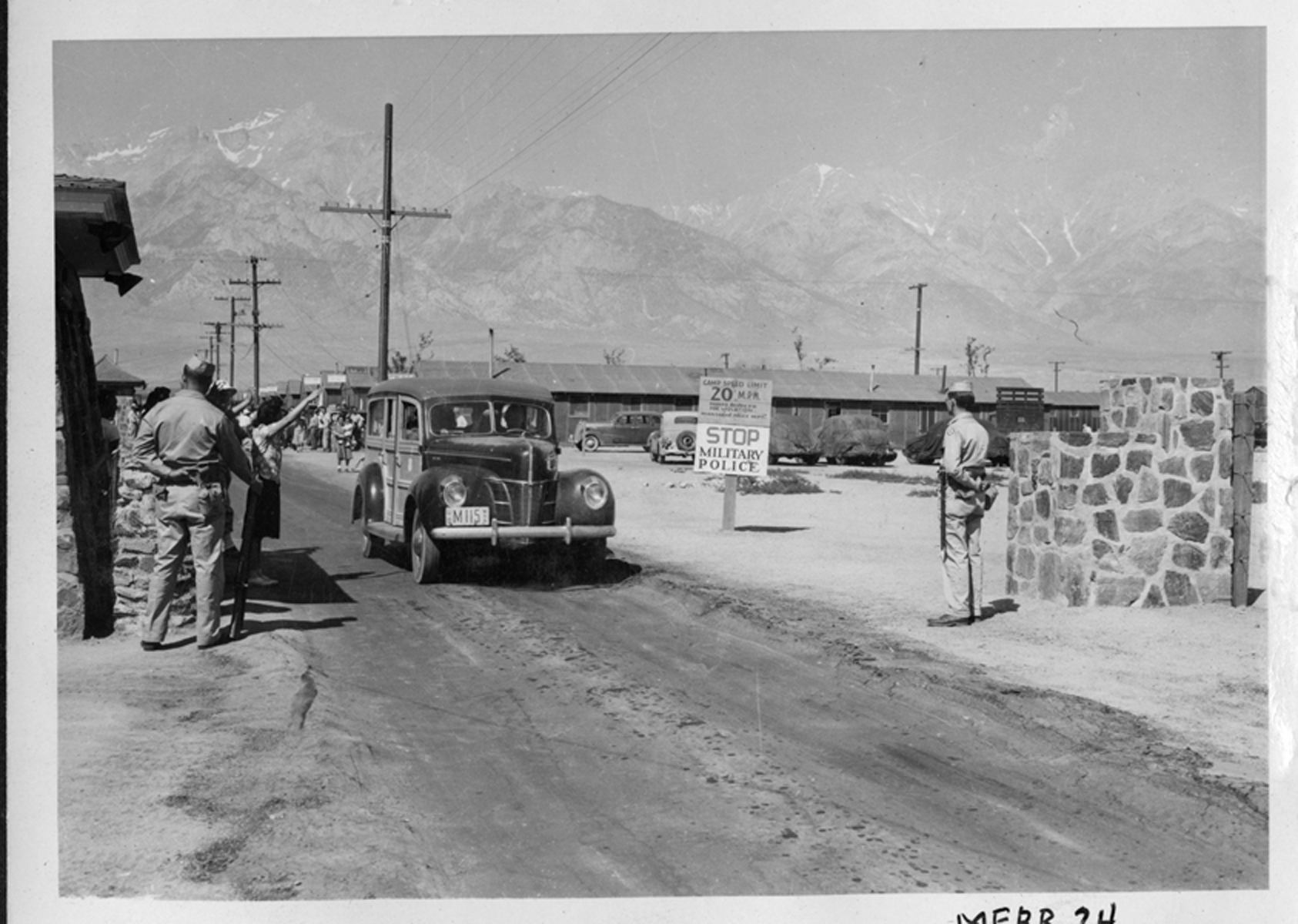
The big, black steam locomotive #18, known as The Slim Princess, was a familiar sight in the Owens Valley. The Southern Pacific engine traveled daily on the narrow gauge rails from Laws to Keeler from 1928 to 1955, when she was retired and took up residence in Dehy Park in Independence. An enterprising group of volunteer train buffs decided in 1996 that it was time to bring the Slim Princess back to life. Decades of work later, the boiler was fired, the bell rang, and The Slim Princess was once again an operational steam locomotive. In 2017, the Museum partnered with those volunteers who had formed the non-profit Carson and Colorado Railway and brought the refurbished locomotive to the Museum grounds and its new home, the Larry Peckham Engine House. On special occasions during the year, the historic locomotive is fired up and run on a short track. (For more on this amazing volunteer effort, visit The Carson and Colorado Railway online at www.carsoncolorado.com.)
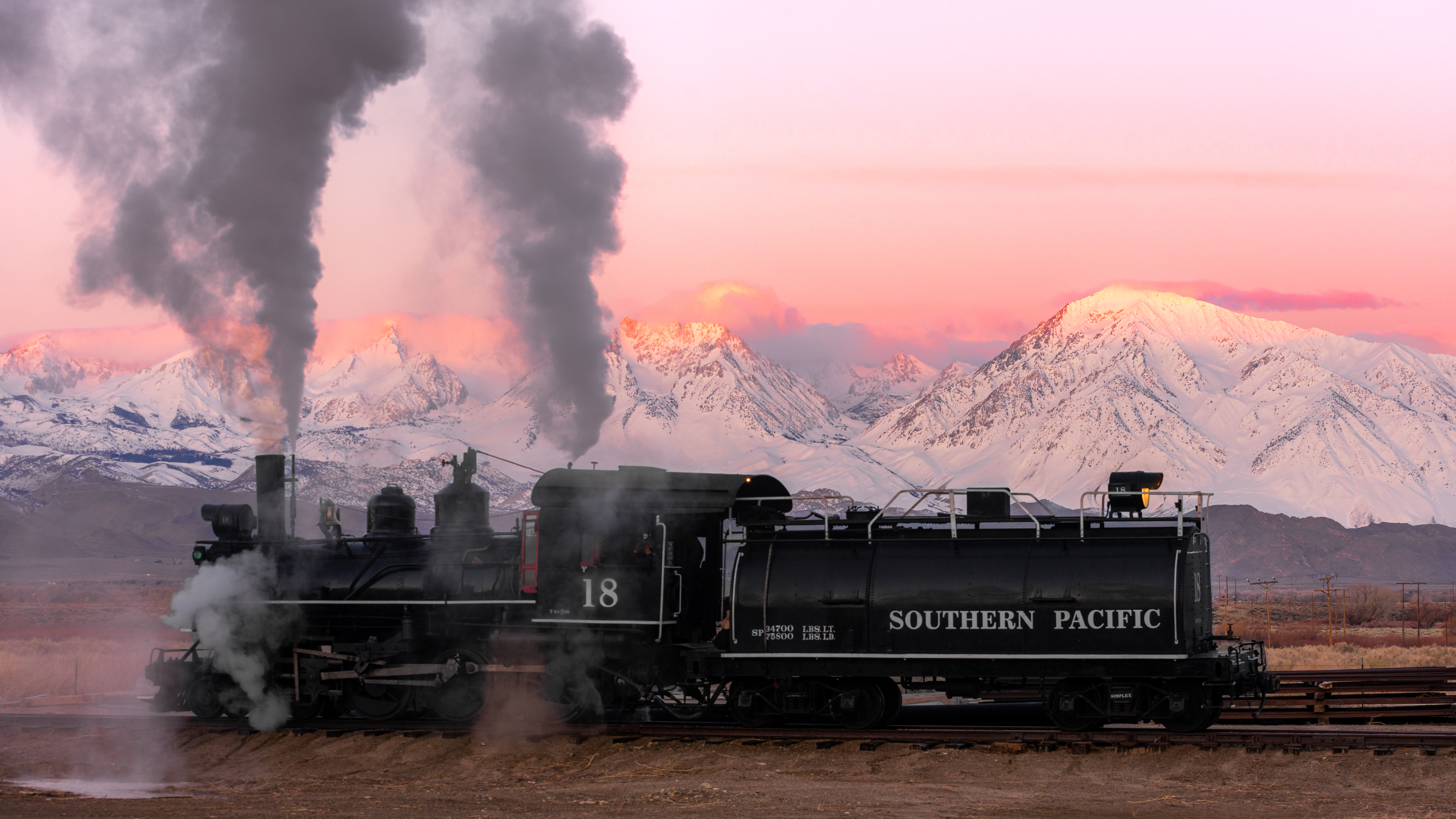
The Mary DeDecker Native Plant Garden is a cooperative effort between the Museum and the Bristlecone Chapter of the California Native Plant Society. The garden features a wide array of plants native to the Eastern Sierra. The garden honors the work and spirit of Independence resident Mary DeDecker (1909-2000), the region's premier botanist. Self-taught, she collected and identified thousands of plant species, and discovered several species. She was also a great supporter of the Eastern California Museum and a strong advocate for the preservation of the region's public lands.
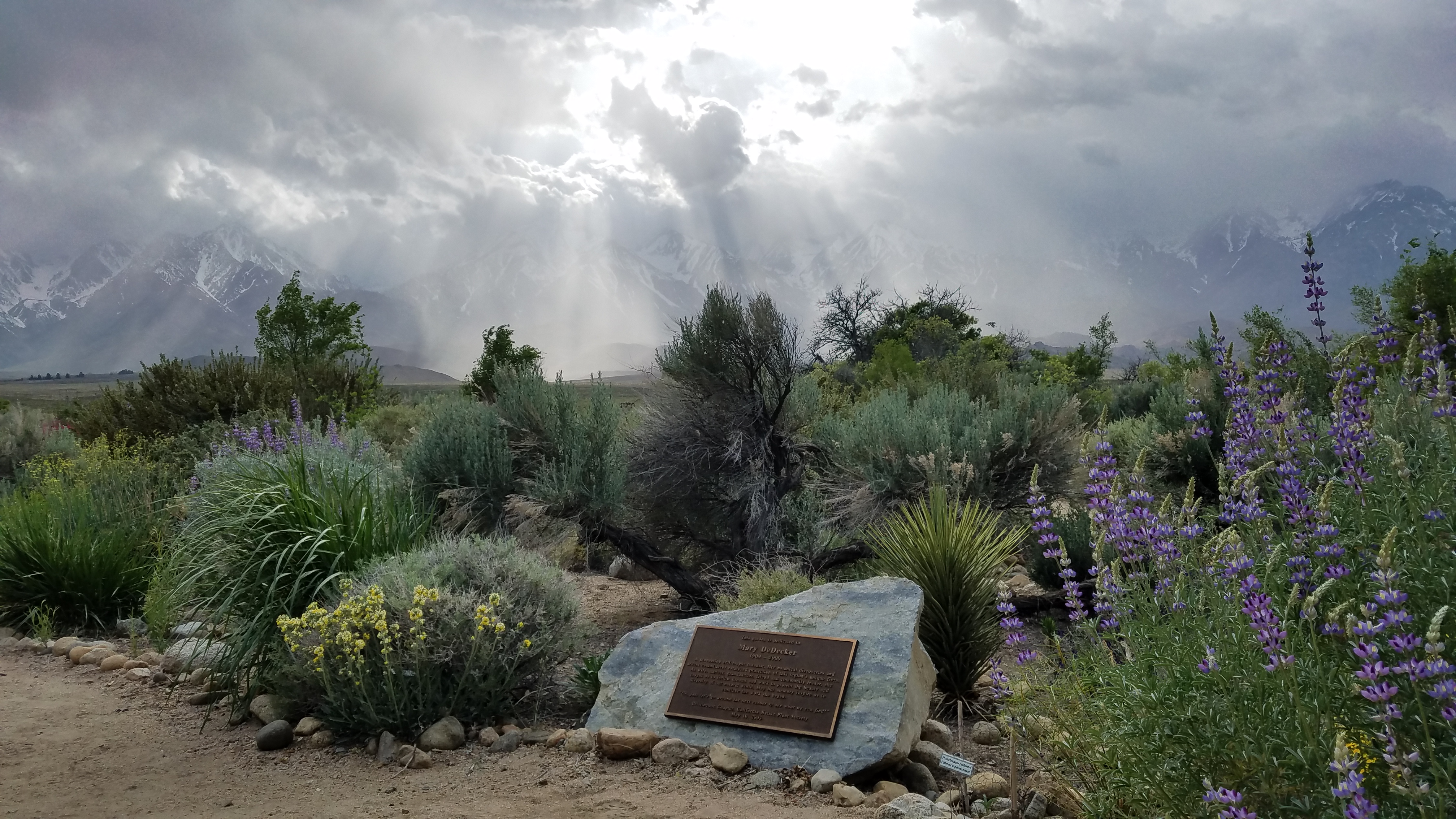
The Museum Store features a wide variety of books for a wide variety of readers. Numerous histories document local events from a unique angle, from the Death Valley mining camps to Owens Valley pioneer towns to the Water Wars and the Los Angeles Aqueduct. An entire section is devoted to Native American topics, such as basketry, history and ancient rock art. Geology and mining are also popular subjects, and are represented by impressive photo books and interesting volumes about the mining era. The Sierra has attracted outdoor enthusiasts for a century, and books detailing the natural beauty of the region, in photos and words, and field guides that help the curious learn about the Eastern Sierra's flora and fauna along with practical tomes on hiking and climbing help visitors explore the sprawling, unspoiled Sierra landscape. There is also a fun and engaging children’s section for younger readers.
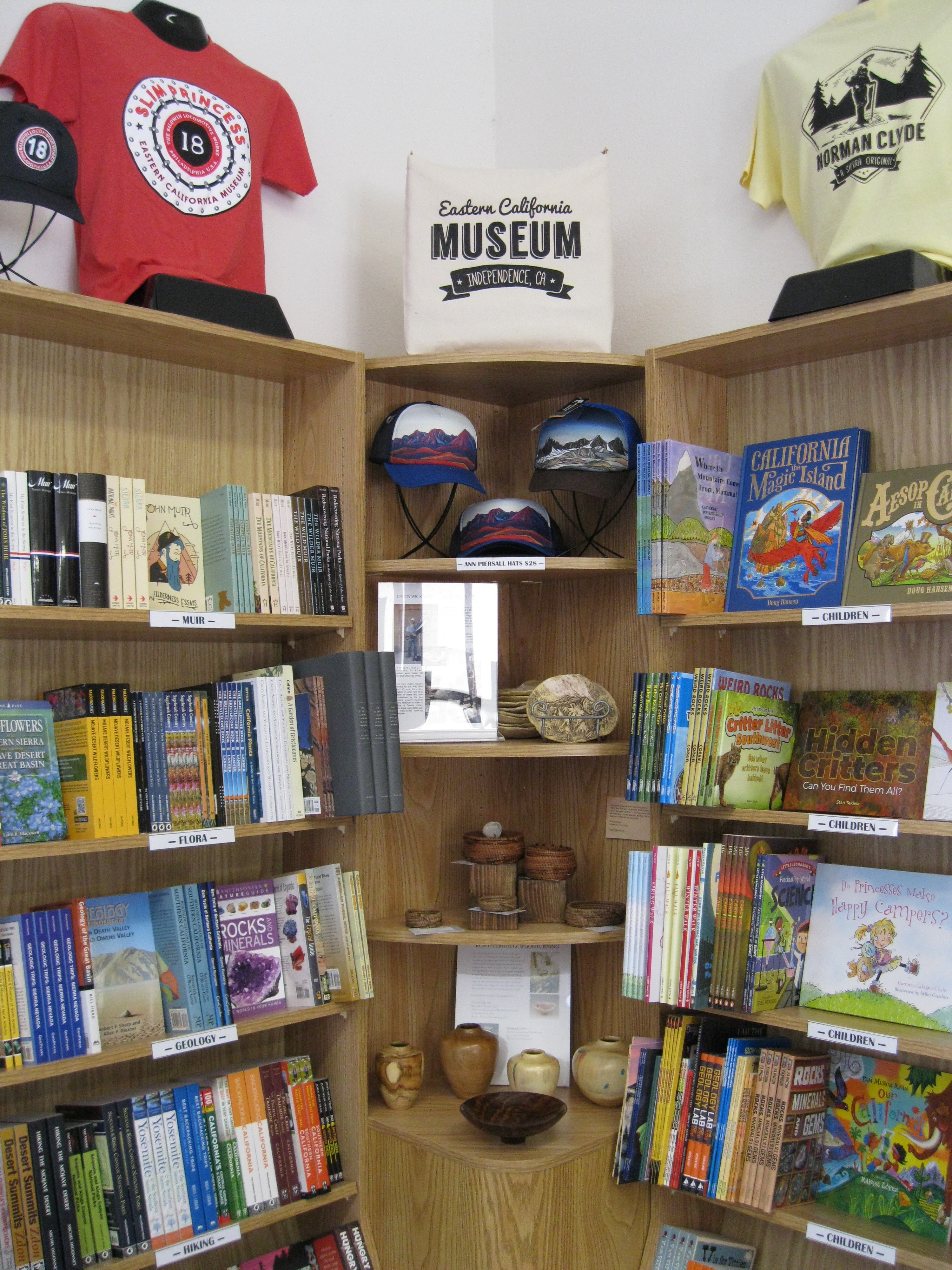
Founded in 1928 by a group of enthusiastic and knowledgeable volunteers, the Eastern California Museum’s artifacts and exhibits reflect the history of Inyo County and the diverse natural and cultural heritage of the Owens Valley and the Eastern Sierra, from Mono Lake to Death Valley. The Museum building houses the bulk of the collection, with additional artifacts in the Historic Equipment Yard, which is also home to the restored steam locomotive, the Slim Princess.
Eastern California Museum Documents
Eastern California Museum
155 N. Grant St.
Independence, CA93526
United States
P.O. Box 206
Independence, CA93526
United States
